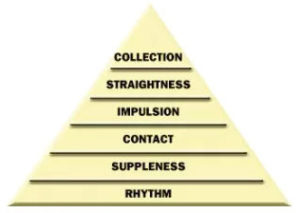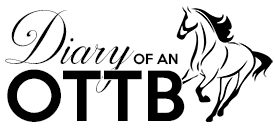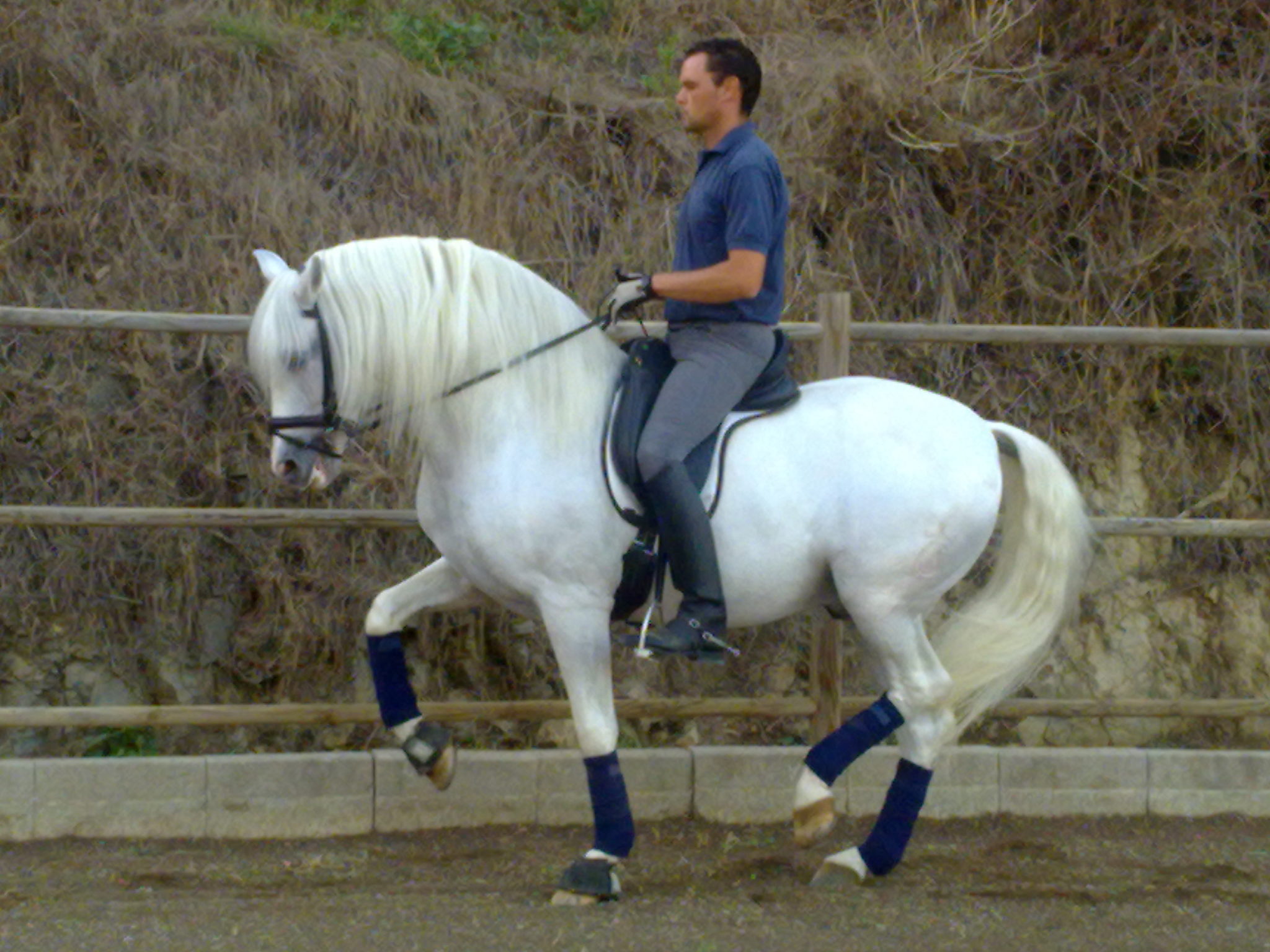Whenever you’re working with a horse you, as a rider, have a certain responsibility to that animal. It’s part of the moral contract that makes the whole endeavor of working with animals, and in my case horses, worthwhile. Some of that responsibility is in care but another, less often talked about aspect of that responsibility, is our responsibility as riders to be the best riders that we can be.
One of the most nuanced aspects of becoming a good rider is being able to work horses into what most trainers call “collection.”
But what is collection and why is it so important? What’s the big deal?
For new horse owners and rider, collection is a complex and difficult subject to master because it requires a deep understanding of how horses move, when they’re moving correctly, and knowing what the feels like when you’re in the saddle.the correct of movement and feeling that movement when you’re in the saddle. And when you don’t know what it’s supposed to look like, what it’s supposed to feel like or how you get there… it’s impossible to know where to start.
We’re going to fix some of that today, starting off with identifying the characteristics that define and develop collection, moving to some examples along with videos and links to other resources that might help you understand this concept, and then we’ll finish up with some exercises to help you develop collection with your own horse.
What Is Collection?

Believe it or not, collection in horses has a whole Wikipedia page dedicated to it and according to the page, “Collection occurs when a horse carries more weight on the hind legs than the front legs. The horse draws it’s body together so that it becomes like a giant spring whose stored energy can be reclaimed for fighting or running from a predator. ”
In the dressage world, there’s a great visual reference we can rely on and you’ll see what’s at the top… the almighty collection.
The idea with the dressage pyramid of training is to work from the bottom up, mastering each level completely before moving on to the next. This helps develop the physical and mental strength in both the horse and rider that’s needed to fully understand and put the concept of collection to use.
According to dressage judge and trainer Maryal Barnett in this 2012 Practical Horseman article, skipping steps in this process isn’t recommended and will likely lead to aggravation or frustration. It’s like needing to learn the letters of the alphabet before challenging yourself to read a short story. For Barnett, those letters of the alphabet include a secure seat at all three gates, steady, effective hands, coordination of hand and leg aids, and the ability to apply them all with exceptional timing. If you’re thinking this sounds like a lot to learn, that’s sort of because… it is. And more importantly, all of these skills take TONS of time and practice to develop well.
In another article from Horse Nation, Biz Stamm explains the often frustrating concept:
One of my biggest pet peeves is the misuse of the word “collection.” All too often the term is used to describe attaining a certain headset, or a general shortening of the horse’s frame. These simplistic applications of the term often lead people to believe that collection is something that can be taught quickly by pulling and kicking at the same time instead of something that must be developed through hours upon hours of correct and sequential training.
Being able to identify the difference between actual collection compared to a stretched neck or dropped head relies on spending hours in the saddle focusing meticulously on each level of the pyramid, beginning with the most basic. Training for false collection is a common misstep during this process.
Says Loris Epis, a Canadian reining trainer, “It’s not just about putting the horse’s head down but more to contain the rib cage between your legs and flex the horse’s back in order to have control through forward motion.”
The dressage pyramid of training has existed for a long time and for good reason — it provides, at least in theory, the foundational elements for working towards collection. But theory meets reality when overeager riders assume they’ve mastered each level on their own and mistake stretching or a dropped head for actual collection. Assuming a kind of rapid advancement and total understanding of each level is a kind of kryptonite that will inevitably produce cracks in this foundation. The best way to avoid this scenario is to take regular lessons with someone who can help teach you the tools you need to work towards collection.
 Because horses naturally carry roughly 60% of their weight on the front of their legs, when we’re asking them to collect we’re also asking them to shift their center of gravity back and to lift their shoulders and lighten their front end. That should look something sort of like this picture on the right (the top model) compared to the bottom. Notice the raised, engaged back produces a lightened forehand, which makes it easier for the horse to “spring” into action and for their joints to absorb shock. The whole concept of collection is really allowing us to connect the horse’s back and front so that we can more easily ride in the same way, back to front.
Because horses naturally carry roughly 60% of their weight on the front of their legs, when we’re asking them to collect we’re also asking them to shift their center of gravity back and to lift their shoulders and lighten their front end. That should look something sort of like this picture on the right (the top model) compared to the bottom. Notice the raised, engaged back produces a lightened forehand, which makes it easier for the horse to “spring” into action and for their joints to absorb shock. The whole concept of collection is really allowing us to connect the horse’s back and front so that we can more easily ride in the same way, back to front.
What we’re a trying to get the horse to do is while simultaneously stretching to meet the bit, the horse is also rounding its neck, lifting its shoulders, and engaging its back and topline to lift its belly. If that sounds like a lot for a horse to do… that’s because it is!
Start With Stretching
To start developing the idea of collection with your horse there are some tricks we can use in addition (and also while) working our way up the dressage training pyramid, beginning with the concepts of pace and rhythm and stretching down towards the bit. This is an especially useful place to start for horses coming off the track who often lack balance at a trot, don’t have any prior training under saddle and haven’t had the riding hours to figure it out for themselves.
This is a helpful video from a classic dressage trainer that explains all of these working parts and illustrates some of the differences in head carriage and overflexion versus actual collection and engaging the back. What this video definitely doesn’t do is really give us any practical advice or training techniques for how to develop collection and connection with our equine friends.
In the simplest terms, the way we communicate, teach, and train horses is by applying pressure and releasing that pressure when the horse has done what we wanted. No more, no less. The same is true for encouraging our horse to stretch down and reach for the bit. At a comfortable working walk or trot, we add contact and apply pressure in rhythm and release the instant our horse has started to stretch his head down for the bit.
The next video is one that teaches a couple practical tools without a ton of trotting and walking in circles, in fact in this video the trainer demonstrates these techniques by going in reverse.
The same narrator of the first video also narrates a 3 part series on Developing Collection with a dressage student that’s really helpful for demonstrating this over a few training sessions. Each session is about 30-35 minutes long but keep in mind, this is a horse that has been working towards this level for a long time (most likely years) to get to this level.
What I do want to emphasize is that this horse did not start looking like this after one or two training rides… this is the payoff of loads of work. Realistically, this is a series you should revisit once you’ve taken some lessons and have a good grip on every other level in the dressage training pyramid except collection.
No matter where you’re at in the process or how far along you’ve gotten, there’s constantly room for improvement and I hope this is article helps you regardless of how much experience you have.


Pingback: English vs. Western Horseback Riding: What’s the Difference? – Equine Stories
Excellent topic for an article! I’ve watched so many videos on YouTube that speak about collection and none of them explain what it is. Great job!!!